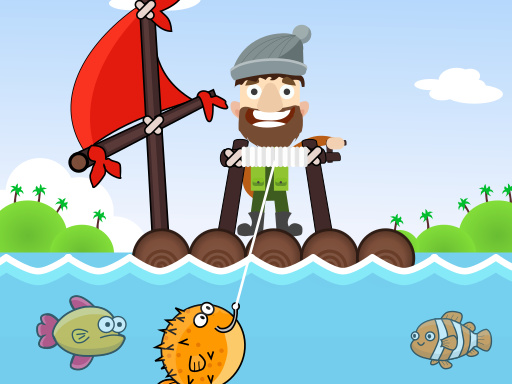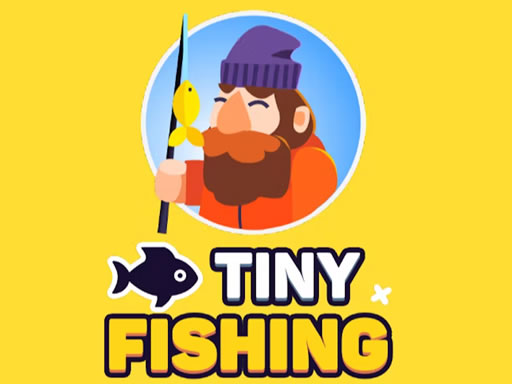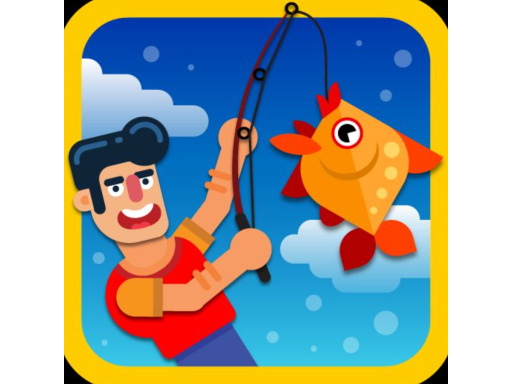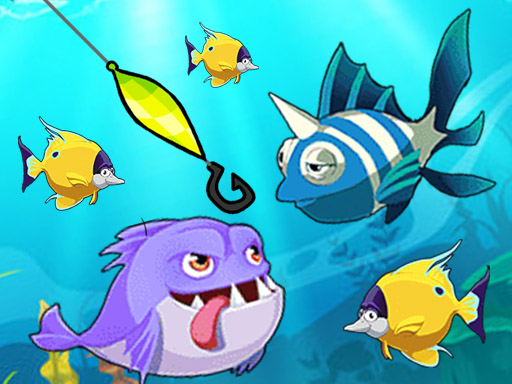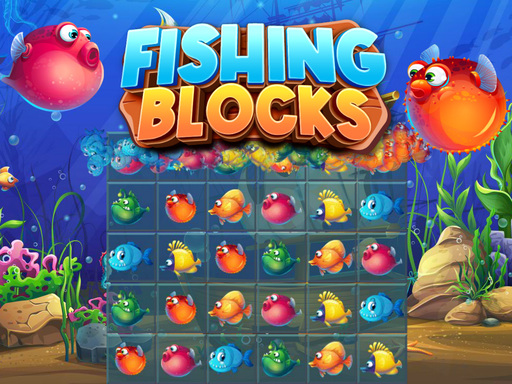Here are some practical fishing techniques and matters needing attention that are recommended for you:
Fishing Techniques
Select the Right Fishing Spot: Different fish species have different living habits and preferences for water environments. For example, crucian carp likes to inhabit areas with abundant water plants and humus at the bottom of the water. You can choose locations such as the edges of water plants and near water inlets. Carp prefers places where there is silt and accumulated debris at the bottom of the water. Under bridge piers and in backwater bays are often their activity areas. Grass carp mostly forage in the aquatic plants in the upper and middle layers of the water body. You can look for open water surfaces with water plants as fishing spots.
Properly Match Fishing Tackle: Choose suitable fishing rods, fishing lines, fishing hooks, floats, and other fishing tackle according to the target fish species and the fishing environment. For fishing small fish like crucian carp, you can select a fishing rod with a relatively soft tone and a moderate length (3.6 meters to 4.5 meters), and match it with a thinner fishing line (main line No. 0.8 to 1.5, sub-line No. 0.4 to 0.8) and small fishing hooks (size 2 to 4 of sleeve hooks). When fishing for large fish such as carp and grass carp, you need to use a fishing rod with a harder tone and a longer length (5.4 meters to 7.2 meters), and match it with a thicker fishing line (main line No. 3 to 5, sub-line No. 2 to 3) and large fishing hooks (size 5 to 8 of Iseni hooks).
Prepare High-quality Bait: Understand the feeding habits of the target fish and select or prepare appropriate bait. Crucian carp likes sweet and fragrant baits. You can add an appropriate amount of honey and milk flavor additives to commercial baits, or use live baits such as earthworms and red worms. Carp prefers baits with a fishy and sweet taste. You can choose fishy commercial baits, or make homemade corn baits by soaking corn kernels in wine and honey. Grass carp is interested in plant-based baits, and you can use tender corn, reed cores, pumpkin flowers, etc. as bait.
Accurate Casting Technique: When casting, keep your body stable and swing your arm naturally to cast the fishing hook accurately to the fishing spot. You can first determine the direction and distance of casting and practice a few times to get the feel. In windy weather, adjust the casting angle and strength according to the wind direction and wind force to ensure that the fishing hook can accurately fall into the fishing spot.
Observe Float Signals: The float is an important tool for anglers to determine whether a fish has taken the bait. Learn to observe various signals of the float. Common biting signals include the float shaking up and down, sinking, and rising. When the float makes a powerful downward dip or a black float (the float completely submerges), it is usually a signal that the fish has taken the bait, and you should lift the rod in a timely manner. When the float rises, it may be that the fish has lifted the bait, and you should also lift the rod at the right time.
Matters Needing Attention
Safety First: When fishing, choose a safe fishing position and avoid fishing on steep riverbanks, slippery rocks, or places with potential dangers. When using the fishing rod, pay attention to the surrounding environment to avoid hitting power lines or other obstacles. At the same time, pay attention to sun protection and cold protection, and take protective measures according to the weather conditions.
Protect the Environment: After fishing, take away the garbage generated and keep the fishing spot clean. Do not casually discard bait bags, beverage bottles, and other garbage to avoid polluting the environment. In addition, try to avoid using chemical agents that will pollute the water quality to protect the water ecological environment.
Comply with Regulations: Understand and comply with local fishing regulations, including fishing bans during closed seasons, fishing prohibited areas, and restrictions on catch amounts. In some places, there may be special protection regulations for certain fish species, prohibiting fishing or limiting the fishing quantity. Complying with these regulations helps to protect fish resources and ecological balance.
Respect Others: When fishing at public fishing spots, respect other anglers, keep an appropriate distance, and avoid interfering with each other. Do not make loud noises to avoid scaring the fish. If you need to borrow other people's fishing tackle or ask for fishing experience, be polite.
Release Fish Reasonably: For small fish caught or fish that you do not intend to take away, try to release them. When releasing the fish, gently put it into the water to avoid harming the fish. For invasive species such as red-eared sliders and alligator gars, do not release them casually to avoid causing damage to the local ecosystem.
For more Happy Fishing, you can visit this address:https://happyfishing.org.org/
